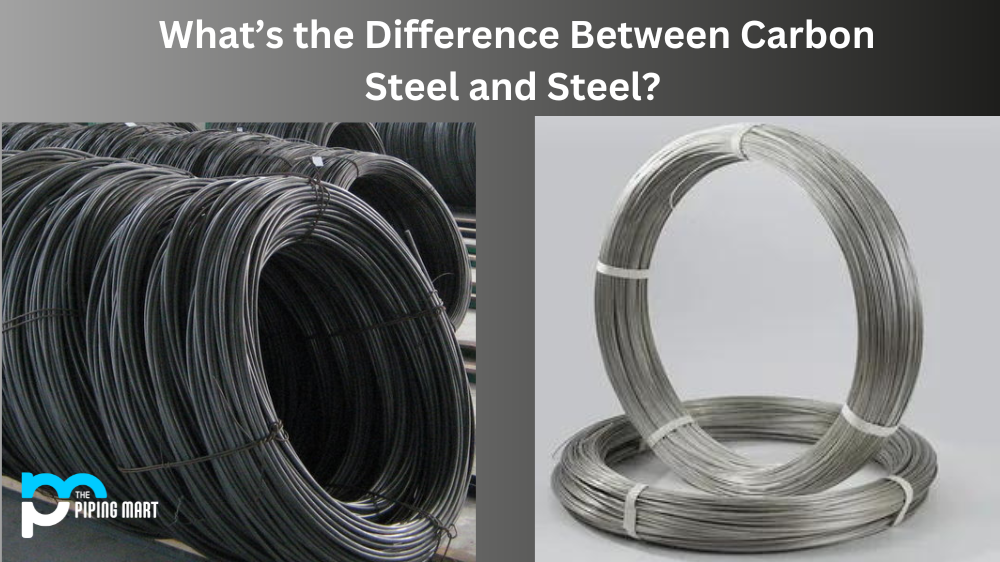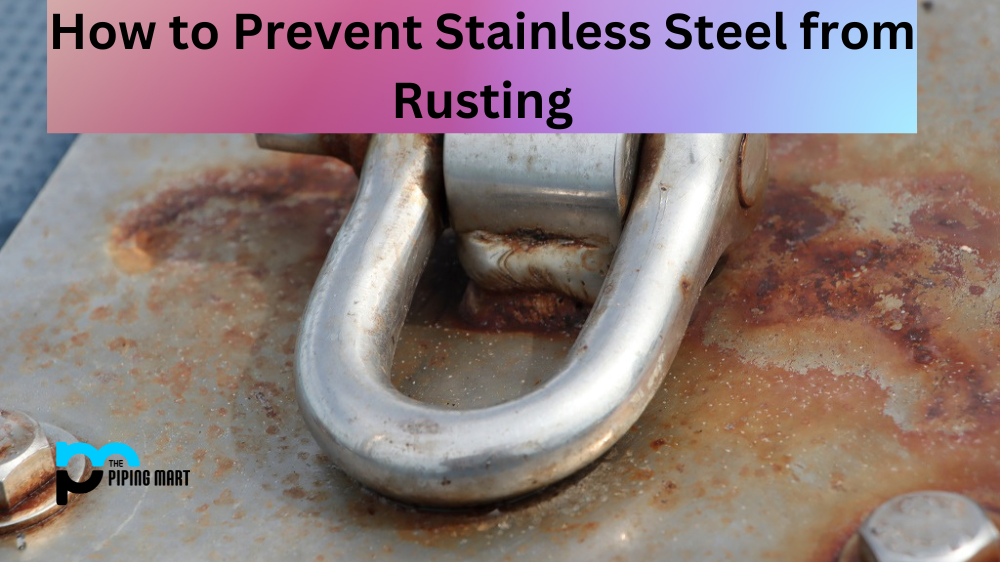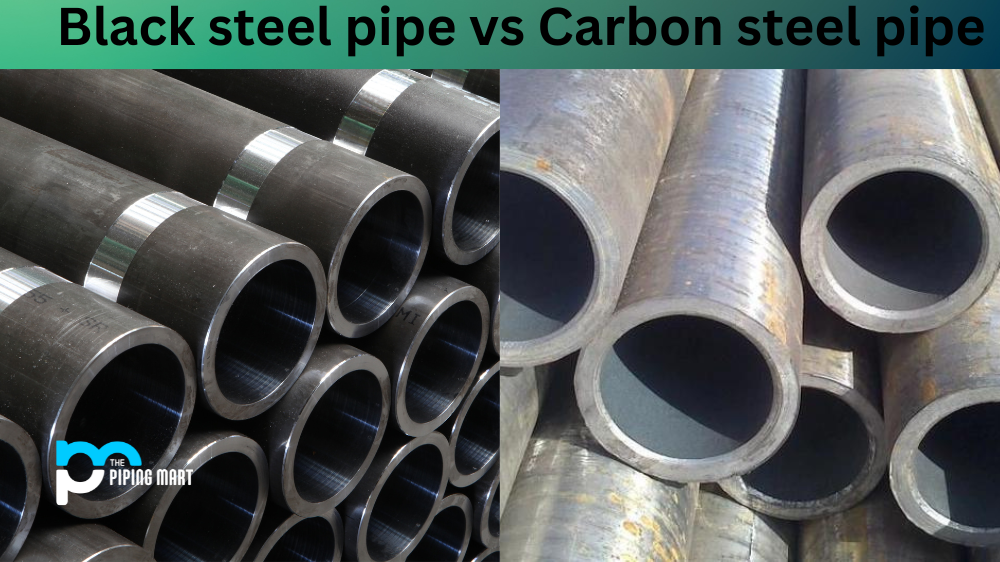If you’re looking for a durable material to use in construction or engineering projects, you may wonder what the difference is between steel and carbon steel. While both terms are often used interchangeably, there are some key differences between them that you should know about before making your purchase. Let’s take a look at what sets these two metals apart.
Difference Between Carbon Steel and Steel
Steel is an alloy of iron and other elements such as carbon, manganese, phosphorus, sulfur, silicon, and copper. As noted above, it is extremely versatile and can be used in many applications, from bridges to buildings to tools. However, when the term “steel” is used without any qualifiers like “carbon steel” or “stainless steel,” it usually refers to plain carbon steel, which has a carbon content of 0.05-0.25%.
Carbon steel contains up to 2% carbon by weight, along with small amounts of other elements such as manganese, sulfur, phosphorus, oxygen, and silicon. This makes it stronger than regular steel but also more brittle. This makes it ideal for applications where strength is more critical than ductility, like knives or tools, but not suitable for applications where ductility is essential, like wiring or pipes, because it can break easily when bent or twisted. It also has a higher melting point than regular steel, so it can withstand higher temperatures without losing shape or becoming brittle.
Composition
Carbon steel and steel are both iron-based metals, but carbon steel contains an additional element: carbon. Carbon steel comprises iron, carbon, and other trace elements, while steel contains iron and other trace elements.
Properties
Adding carbon to carbon steel makes it harder and more robust than steel. Carbon steel is also more ductile, meaning it can be molded into shapes with more intricate detail. On the other hand, steel is more brittle and not as easily molded.
Uses
Carbon steel is often used in the construction of buildings and bridges, as well as for manufacturing cars and other vehicles. Steel is also commonly used in the construction industry and widely used in producing appliances and other consumer goods.
Cost
Carbon steel is typically more expensive than steel because of its higher carbon content. However, the price difference between the two metals can vary depending on each metal’s specific grades and types.
Availability
Both carbon steel and steel are widely available throughout the world. However, some grades of carbon steel may be more difficult to find than others. Additionally, carbon steel is often produced in smaller quantities than steel.
Conclusion:
Carbon steels offer many advantages over traditional steels, including better strength-to-weight ratios, which makes them great for weight-sensitive applications like aerospace parts; higher melting points which make them ideal for high-temperature environments; and improved wear resistance which reduces maintenance needs over time. So if you’re looking for a solid yet lightweight metal for your next project, consider using carbon steel instead of plain old steel!

Meet Bhavesh, a seasoned blogger with a wealth of knowledge and experience. From metal products manufacturing to retail, Bhavesh has a diverse background in various industries and is dedicated to sharing his insights and expertise with readers.




